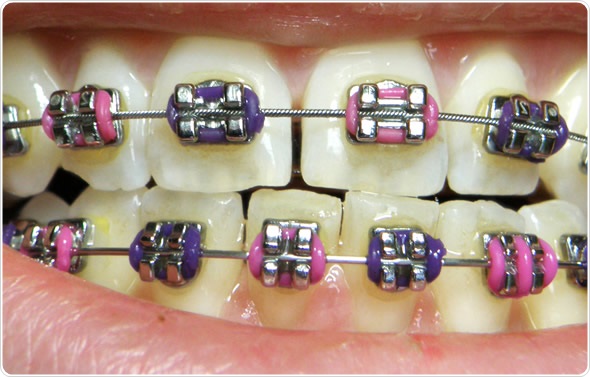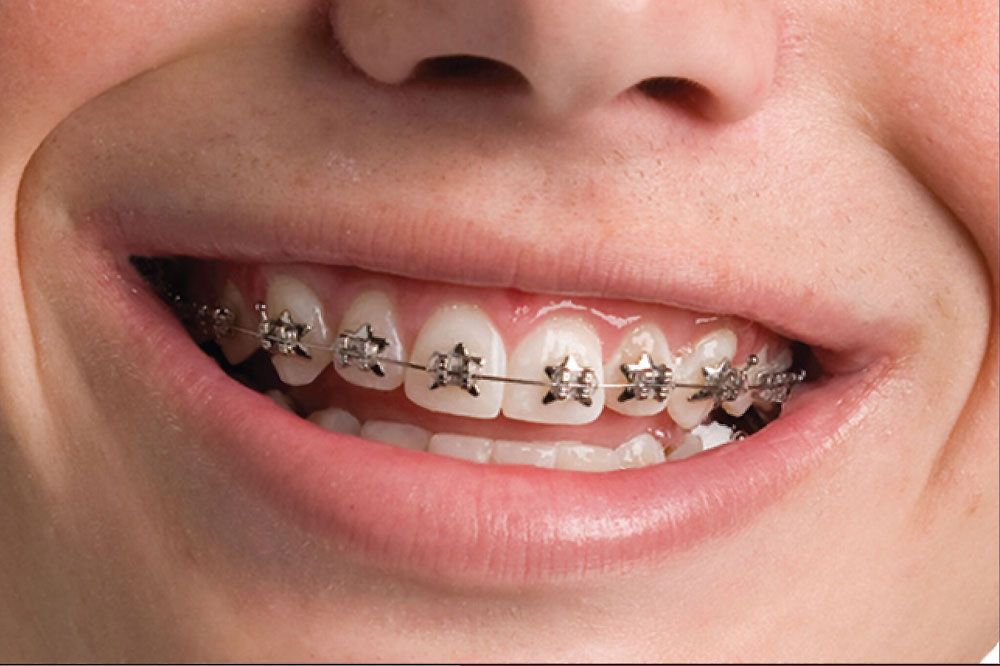Comprehensive Overview to Orthodontics Procedures for Dealing With Dental Misalignments
In the world of orthodontics, the journey to achieving a completely straightened smile includes a myriad of treatments tailored to remedy dental imbalances. From typical braces to undetectable aligners and even surgical alternatives, the area of orthodontics offers a range of options to attend to differing levels of oral abnormalities. Recognizing the ins and outs of each procedure, including their mechanisms, benefits, and potential downsides, is crucial in making notified choices concerning one's orthodontic therapy. As we browse with the comprehensive guide to orthodontic procedures for dealing with oral misalignments, the complex information of each technique will certainly unfold, losing light on the course towards a useful and harmonious dental placement.
Orthodontic Procedures Summary

Normal changes and monitoring are vital parts of orthodontic therapy to guarantee progression is on track and to make any essential modifications along the method. By undergoing orthodontic procedures, people can not only accomplish a straighter grin yet also enhance their total oral health and function.
Standard Dental Braces: Exactly How They Work
When taking into consideration orthodontic treatments for dental misalignments, typical braces stick out as a time-tested method for correcting teeth positioning. Conventional braces contain braces, cords, and bands that collaborate to apply constant stress on the teeth, gradually moving them into the wanted alignment. The brackets are connected to the teeth using a special adhesive, and the cords are threaded via the braces. By adjusting the stress of the wires, orthodontists can manage the instructions and force related to each tooth, leading them into correct positioning with time.
One key aspect of how conventional braces work is the process of bone makeover. As pressure is put on the teeth through the dental braces, the bone surrounding the teeth is reshaped to sustain the brand-new tooth settings. This renovation is vital for the lasting security of the remedied placement. Patients will certainly require normal modifications at the orthodontist's office to guarantee the braces remain to use the appropriate pressure for efficient teeth activity.
Undetectable Aligners: Disadvantages and pros
Unseen aligners use a discreet and hassle-free option to conventional dental braces for correcting dental imbalances. These clear, customized trays are practically unseen when put on, making them an enticing choice for individuals seeking a more visually pleasing orthodontic therapy. Among the key benefits of undetectable aligners is their removability, permitting less complicated maintenance of dental health compared to standard dental braces. Patients can get rid of the aligners prior to consuming or brushing their teeth, minimizing the danger of food getting embeded the appliance and streamlining the cleansing procedure.

Surgical Orthodontic Options
Surgical interventions in orthodontics present feasible choices for resolving complex dental imbalances that may not be effectively fixed via traditional orthodontic therapies. While unseen aligners and traditional braces can deal with numerous orthodontic concerns, certain situations require surgical intervention to attain learn the facts here now ideal results. Surgical orthodontic choices are normally advised for severe malocclusions, significant jaw disparities, and instances where the underlying bone structure needs adjustment to accomplish appropriate positioning.
One usual surgical orthodontic procedure is orthognathic surgical treatment, which involves rearranging the jaws to remedy practical issues such as trouble talking or eating. This surgical procedure is often performed in collaboration with an orthodontist who helps straighten the teeth prior to and after the procedure. Surgical orthodontics might additionally include procedures to expose influenced teeth, remove excess gum cells, or reshape the jawbone to develop an extra harmonious face account.
Before considering medical orthodontic options, individuals go through an extensive evaluation to figure out the necessity and possible benefits of such treatments. orthodontics. While surgical procedure may appear overwhelming, it can substantially improve both the feature and aesthetics of the smile in situations where conventional orthodontic therapies drop short
Retainers and Post-Treatment Treatment

Post-treatment care entails following the orthodontist's directions diligently. This might include correct dental hygiene techniques, participating in follow-up appointments, and wearing the retainers as prescribed. Failing to adhere to post-treatment care instructions can lead to regression, where the teeth progressively return towards their original placements. Constant retainer wear, great dental health, and normal oral check-ups are necessary for preserving the outcomes attained via orthodontic surgical treatment and making sure the lasting security of the corrected dental placement.
Verdict
In final thought, orthodontic procedures use different choices for correcting oral misalignments. Surgical orthodontic alternatives are offered for more extreme misalignments. On the whole, orthodontic treatments can efficiently boost dental wellness and aesthetic look.
As we navigate with the comprehensive guide to orthodontic treatments for remedying oral misalignments, the detailed details of each approach Learn More Here will unravel, losing light on the course toward a practical and unified dental positioning. - cumming invisalign
One of the most typical orthodontic therapies is the use of braces, which are composed of steel braces and cosmetic dental practice wires that apply mild stress to gradually move teeth into the preferred placement.When considering orthodontic therapies for oral imbalances, conventional braces stand out as a reliable approach for remedying teeth placing. Additionally, undetectable aligners might not be suitable for complex orthodontic problems that need even more significant teeth activity, as they are typically advised for light to modest cases. Retainers are tailor-made orthodontic tools designed to hold teeth in their fixed settings after the conclusion of orthodontic therapy.